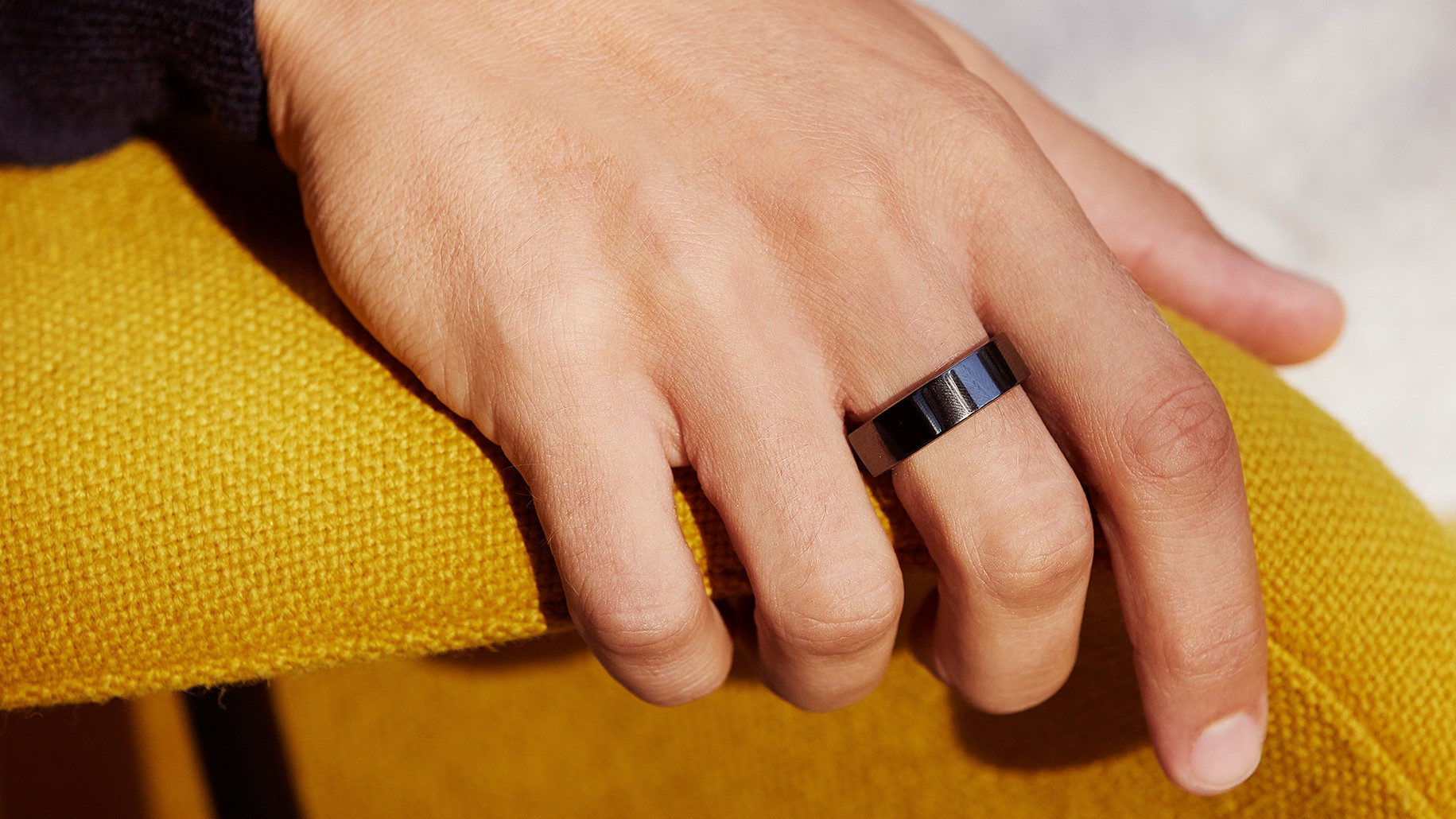Companies of all kinds, from giants to upstarts, are developing new functionalities to meet growing demand for health care wearables in 2022 and beyond. But more widespread acceptance by consumers and health care providers may come slowly, as wearables are relatively new. Headwinds include:
Doctor skepticism. Health care providers who use wearable technology to monitor chronic health conditions and to track vitals, sleep quality, and medications are finding the technology helpful.7 However, they also report three main drawbacks:
- Data utility. Deloitte’s latest survey of US physicians shows that if technology doesn’t increase efficiency and isn’t incorporated into their workflow, clinicians aren’t interested in using it.8 Only 10% of responding physicians said that they had integrated data from patient wearables into their electronic health records (EHRs). This is slowly changing: Major EHR vendors are now enabling consumers to share data from their health apps with their doctors.9 For now, however, most doctors either don’t have access to data from patient wearables or need to enter it manually.10
- Data accuracy. Some doctors don’t trust data from consumer wearables. For instance, those who have already been diagnosed with atrial fibrillation can be alerted of episodes by various smartwatches, an application cleared by the FDA and other regulators globally.11 But this smartwatch capability is less useful as a mass screening tool, generating many false positive results and sending healthy patients for unnecessary further tests, putting both the patient and the health care system under stress.12
- User error—and anxiety. When wearables aren’t worn correctly, they can be inaccurate. Some who use wearables to monitor their health also fall prey to anxiety and obsessive behavior. Paying too much attention to pulse rate and heart rhythm, for example, can cause physical reactions that mimic symptoms of serious conditions such as atrial fibrillation, leading to unnecessary admissions and patient distress.13
Data privacy concerns. Since the COVID-19 pandemic began, consumers have become more willing to share health data.14 Data privacy remains a hurdle, however. Forty percent of smartwatch or fitness tracker owners are concerned about the privacy of data these devices collect, according to Deloitte’s 2021 Connectivity and Mobile Trends survey. That figure rises to 60% among smartwatch owners who use them exclusively to track their health.
Cybersecurity threats. Like all connected devices, health and wellness wearables are vulnerable to cybersecurity threats. The consequences for users could be severe. Fake smartwatch alerts could prompt patients to overdose on medications.15 Medical devices such as drug infusion pumps and pacemakers have been hacked, too.16 As more smart patches administer medications, millions more people could be vulnerable to threats. Finally, hackers have recently stolen millions of health and fitness records originally collected on smartwatches.17 With health and wellness wearables, it’s critical that companies integrate cybersecurity into their product development, software, supply chains, and cloud computing.18
Increased regulation. Currently, tech companies can decide not to classify smartwatches as health care devices to avoid regulations such as the United States’ Health Insurance Portability and Accountability Act, which requires people’s explicit knowledge and consent to share sensitive health information. But as these devices and their outputs are integrated into EHRs, and their alerts direct more patients into the health care system, regulators could require companies to adhere to more restrictive rules.19
These headwinds are not insurmountable barriers, and likely won’t stop consumer health and wellness wearables from growing in the next two years. Devices will get more accurate, and the apps will get smarter, enabling people to monitor a broader range of health indicators and conditions. It also seems likely that regulators will approve wearable devices for additional indications. For these reasons, big tech, medtech, and a legion of startups believe that the health wearables market is a strong one, and their investment and innovation could make it a self-fulfilling prophecy.


